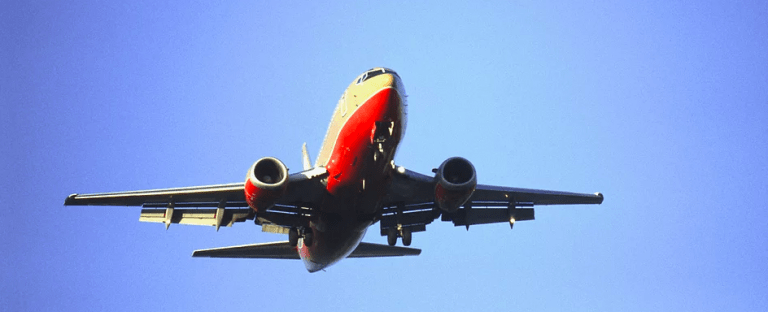With over 1 million orders

ADVICE FROM DR. ARTHRITIS: KEEP THESE THREE THINGS IN MIND BEFORE YOU GO ON A LONG HAUL FLIGHT
Do not underestimate the stress that long-haul flights can put on your body. On top of boredom, you can expect a lot of queuing, standing around, and walking—only to end up in a cramped seat for hours on end.
But that’s not to say you can’t do anything to ensure that you keep yourself as healthy as possible during long flights. Here are some things you can try:
To avoid sleep deprivation
A common technique that frequent travellers do before a long-haul flight? Stay up all night so they knock out as soon as they get on their seat. Except the reality of extended travel on a plane means you have to line up through airport security and immigrations hopped up on caffeine before you even make it to boarding. By the time you get to your seat, it’s likely you’ll be so uncomfortable that the thought of spending at least 8 hours trying to get shut eye while sat down in a cramped chair in economy is enough to keep you awake anyway. So don’t forego a good night’s rest before your flight. At the very least, it will give you enough energy to get through the pre boarding hassles and hopefully, prevent jetlag.
Drink lots of water
Hydration is key for cross-country flights. Try to stay away from coffee and tea, or any caffeine-laden drinks, as well as alcohol. Long haul flights inside an airtight cabin can cause dehydration and mess with your body’s electrolyte balance. Make sure you keep yourself hydrated at least a night before you fly.
Wear compression sleeves
A common concern during long haul flights is deep vein thrombosis (DVT). Generally, the risk of developing DVT during flights is small, but increases as the travel time extends. Being stuck in a cramped seat combined with dehydration can raise the possibility of DVT. Getting up to stretch and walking down the aisle helps legs improve blood flow, especially in your calves. Wearing compression sleeves designed to provide gentle, steady compression during the flight could greatly improve blood circulation.
These three things may not necessarily seem like much by way of letting you forget that you’re stuck in a metal cabin, breathing recycled air, stuck in a seat for nearly an entire day—but it should be enough keep you healthy and sane by the time you land.
